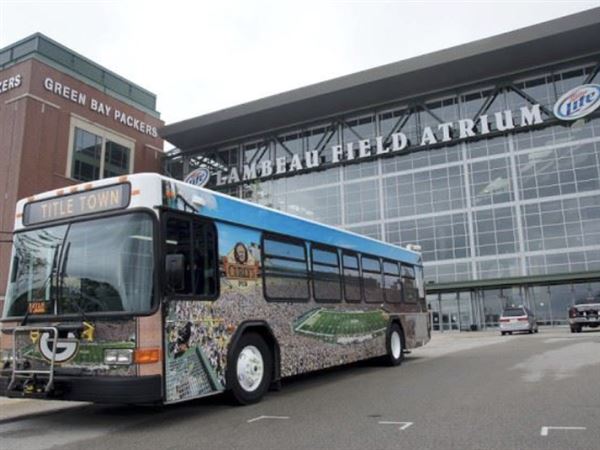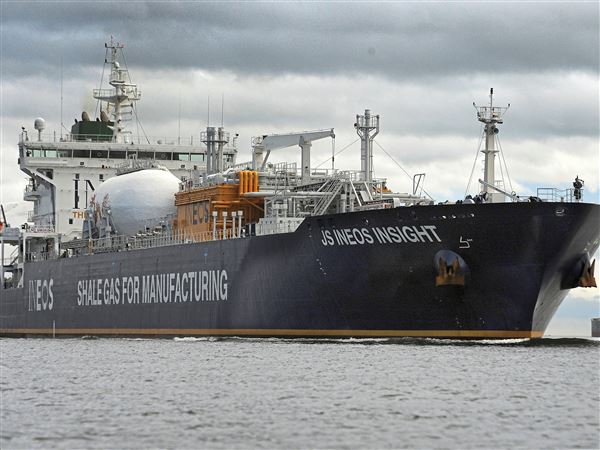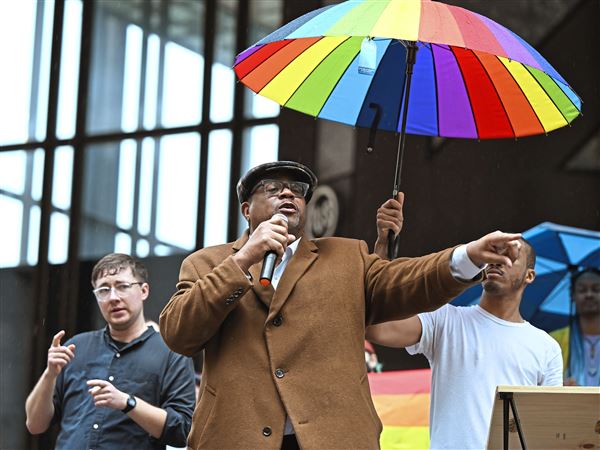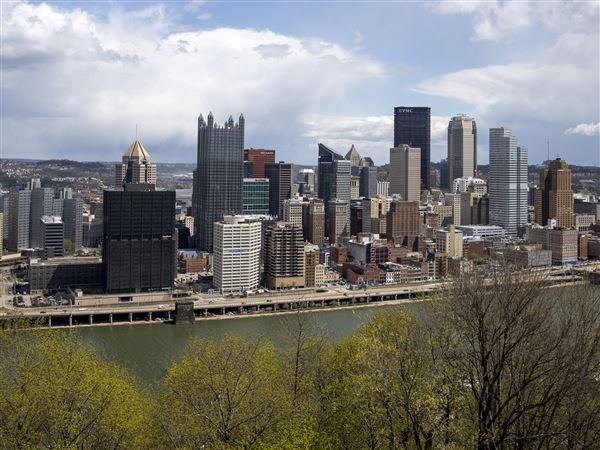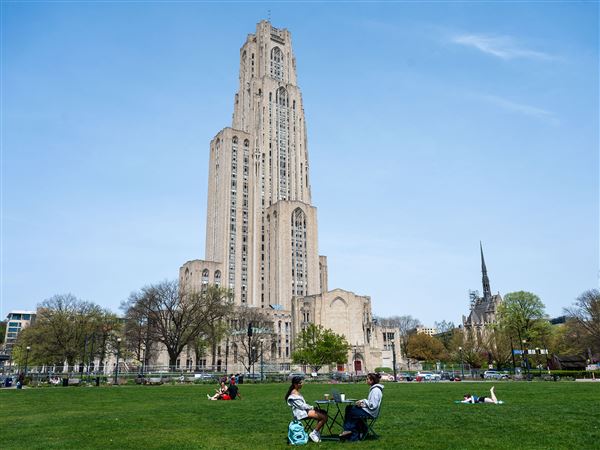A week of events honoring the legacy of the Pittsburgh region's black World War II airmen kicked off Thursday with the unveiling of the Tuskegee Airmen Recognition Exhibit at Pittsburgh International Airport.
"Without their bravery, many airmen and soldiers might not have made it home," said Kimberly Slater-Wood, daughter of Harold Slater, a Tuskegee air brake mechanic from the Hill District whose image was among those on the exhibit mural in Concourse A. "Their accomplishments will forever remain in our memory."
Ms. Slater-Wood was joined by Allegheny County Executive Rich Fitzgerald, state Sen. Matt Smith, D-Mt. Lebanon, various other dignitaries and three of the handful of remaining airmen -- Wendell Freeland of Shadyside, Harry Lanauze of McKeesport and Robert Higginbotham of Sewickley.
The event was the opening of a week of tributes, including a New Horizon Theater-presented play, "Black Angels Over Tuskegee," that will debut Saturday at the Byham Theater, and the dedication of a memorial in Sewickley Cemetery on Sunday.
The Pittsburgh region was home to as many as 100 Tuskegee veterans, members of the 332nd Fighter Group of the U.S. Army Air Corps that included more than 900 black pilots who trained at Tuskegee Institute in Alabama as well as some 15,000 support personnel.
About 300 of the pilots saw combat in escorting bombers over Europe, North Africa and the Mediterranean.
Known as the Red Tails because of the markings painted on their P-51 Mustangs, the Tuskegee airmen fought two wars -- one against the Luftwaffe in the skies and another against bigotry in their own segregated service.
In the end, they disproved racist notions that black pilots were inferior flyers.
Although some pilots in later years said they never lost a bomber they were escorting -- a story repeated Thursday by a representative of Gov. Tom Corbett's staff -- Air Force records show that at least 25 bombers did get shot down under the Red Tails' watch.
Even so, they emerged from the war with an excellent combat record and showed the world that black pilots were the equal of their white counterparts.
At least four from this region died in the war, two in combat. Lt. Elmer Taylor, 23, of the Hill District was shot down in Europe in 1943, and Lt. Carl Woods, 21, of Mars was shot down over the Adriatic Sea in 1944.
Lt. James Wright, 23, of Beltzhoover and Robert Johnson, 17, of the Hill District both died in training accidents in the U.S.
Only a few airmen are left from a local contingent that memorial organizers say was the largest of any region in the U.S. At least 22 came from the Hill District, 10 from Homewood, eight from Sewickley, five from Beltzhoover and four from the North Side.
The airport exhibit includes yellowed photos of many of them in their flight gear, along with historical narratives on plaques and a list of all those from Western Pennsylvania who served.
Ms. Slater-Wood, a memorial project trustee, said the event means a lot to her 89-year-old father, who suffered a stroke three years ago and was unable to attend.
She said that when Regis Bobonis, chairman of the memorial effort and the driving force behind it, interviewed her father last year, Mr. Slater was thrilled to be part of the project.
"He said, 'This is the best day I've had all year,' " she said. "I'm sure he would say that again."
First Published: September 13, 2013, 8:00 a.m.
